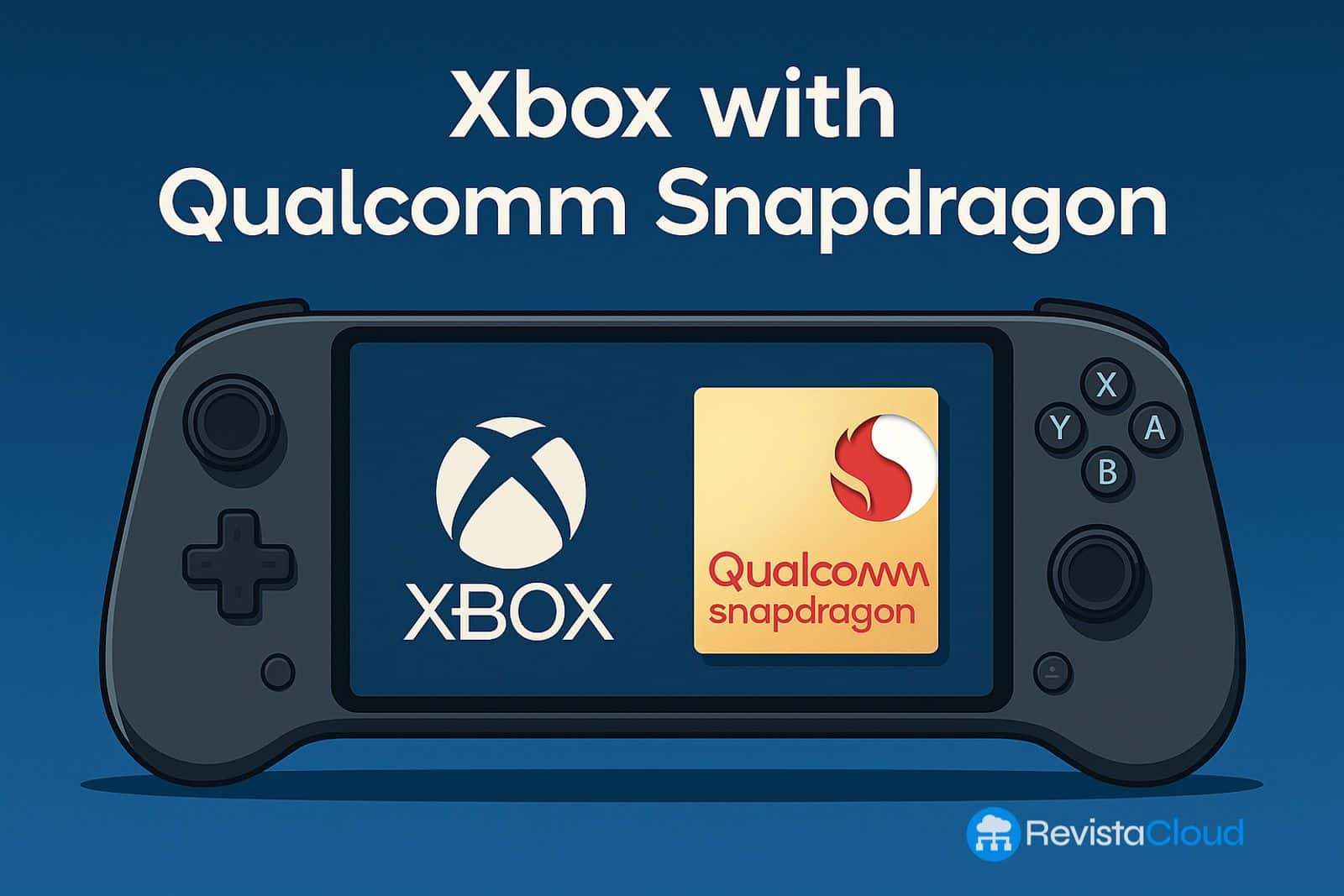Sure! Here’s the translation:
—
The Redmond tech giant explores new horizons with Snapdragon and Arm architecture, which could be a strategic shift towards portability and cloud gaming
A significant —and until now uncommon— change may be on the horizon in Microsoft’s hardware ecosystem. According to information from a job posting by Qualcomm, the next generation of Xbox devices could incorporate Snapdragon chips based on Arm architecture. This would be an unprecedented move that, if confirmed, would mark a key evolution from the company’s traditional approach to its home consoles.
The listing, aimed at finding a sales director for Surface products and “Xbox products with Qualcomm Snapdragon,” does not specifically mention the type of device, but hints at a future where Xbox could extend beyond the living room and invest in portable models, streaming devices, or hybrid solutions for cloud gaming.
Arm enters the game: Is a portable Xbox on the way?
The clearest possibility is a low-power, high-efficiency portable console, taking advantage of the energy benefits of Snapdragon chips. This would imply competing not so much on raw power, but on user experience, cloud integration, and price, something Microsoft has prioritized in devices like the Xbox Series S.
In this context, using Arm chips would allow for a product with:
- Long battery life
- Smaller size and thermal dissipation
- Integration possibilities with Android or web services
- Direct compatibility with Xbox Game Pass and xCloud
All this in a rapidly evolving ecosystem leaning towards cross-platform consumption and portable gaming devices.
Is this the answer to the PlayStation Portal?
This shift can also be understood as a response to the unexpected success of the PlayStation Portal, a streaming device that, despite its limitations, has exceeded sales expectations. Microsoft might be designing an alternative focused on remote gaming from the cloud or a home Xbox, with a similar aesthetic and features.
In fact, recent rumors pointed to a possible collaboration with ASUS on the second generation of ROG Ally, which could carry the Xbox branding. This reinforces the idea of a more decentralized Xbox ecosystem, where the traditional console is no longer the sole access point to the brand.
What about the desktop Xbox?
Despite the move towards Arm, there are no signs that Microsoft plans to abandon x86 architecture for its desktop consoles. Previous reports indicate that the Next Gen Xbox for 2027 will still be based on AMD technology, featuring Zen 5 CPUs and RDNA 5 GPUs.
Therefore, it is most likely that the use of Snapdragon will be limited to a parallel line of portable or connected products, complementing rather than replacing traditional consoles within a cross-platform strategy focused on services.
Market context: Series S gaining ground
Sales figures reinforce this new direction. Microsoft has sold over 32 million Xbox Series consoles, but much of the volume corresponds to the Series S, not the Series X. Its lower price and size, combined with access to Game Pass, make it the most cost-effective option in the current lineup.
This market behavior could have convinced Microsoft that the future of Xbox lies more in accessibility and flexibility than in raw power. An Arm-based device would fit perfectly into that logic.
Conclusion: Xbox, beyond the console
The use of Snapdragon in future Xbox devices could represent a paradigm shift: from a brand associated with high-performance hardware to a more distributed and accessible ecosystem, where the focus is on gaming wherever you want, however you want, and on whatever device you prefer.
Amid the expansion of Game Pass, with xCloud growing and a strategy increasingly centered on services rather than exclusive hardware, all signs indicate that Microsoft does not want to replicate Sony’s model, but rather define its own, one that is more open, versatile, and possibly more portable.
The real battle for the future of gaming is no longer fought in the living room but in the wallet. And Microsoft seems to be preparing its move.
via: Video Game News
—


